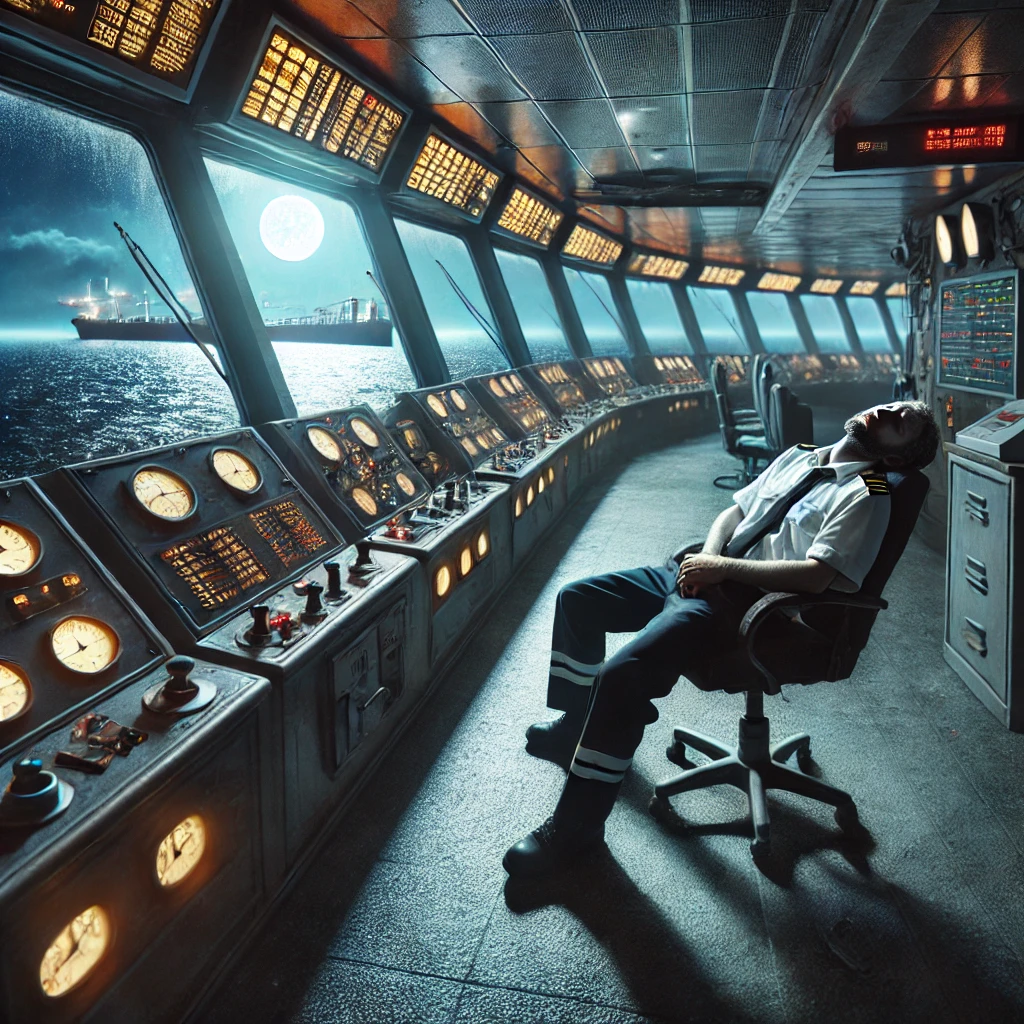Independent classification society DNV has verified that Signal Ocean’s estimates of vessel CO2 emissions comply with IMO guidelines.
All aspects of a voyage, as well as any route deviations already taken by any vessel, are considered in the calculation. Additional factors such as vessel size, age, speed, loading conditions, shipyard, use of scrubbers, and fuel type are also considered and accounted for in the algorithm. Shipowners and traders of tankers, dry bulk and LPG vessels use the service to support their chartering decisions. Users can see historical estimates back to 2018 for all tankers over 25k dwt, all dry cargo vessels over 20k dwt, and all LPG vessels.
Signal Ocean’s emissions estimates have now been recognized as valid and robust by DNV’s formal Letter of Professional Opinion.
As a result of a detailed review, Dr. George Dimopoulos, Principal Specialist and Head of DNV Maritime’s R&D and Advisory Unit, said:
“After the review, our qualified professional opinion is that the subject Vessel Emissions Algorithm of Signal Ocean meets the required standards detailed in MARPOL’s carbon intensity calculation guidelines. DNV invests substantially in research, development, and innovation to provide value to our customers and the society at large. We will continue to actively support initiatives and developments that advance digital smart solutions to tackle decarbonization of the maritime industry.”
David Watts, VP of Business Development and Partnerships at Signal Ocean said:
“The maritime industry is working hard to improve its emission performance. The provision of robust and consistent estimates for a vessel’s emissions performance is a crucial step in providing greater transparency and allowing market participants to make more informed decisions. Coverage will be expanded to include smaller wet and dry vessels later this year with Container ships estimates being added after that. The service allows users to compare a vessel’s or fleet’s performance against the IMO’s Carbon Intensity Indicator, Poseidon Principles and Sea Cargo Charter targets. We will continue to invest in this area and respond to new measures as they are introduced by the IMO.”
Source: https://www.seanews.co.uk/maritime-events/dnv-verifies-vessel-emission-estimates/







